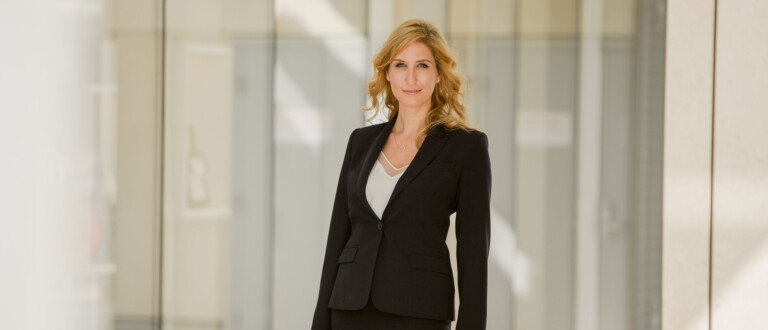There is a global demand and corresponding shift towards sustainable construction practices and more efficient, higher performance buildings. This is not surprising since building projects drain considerable natural resources and energy use in buildings is the largest source of carbon emissions.
Sustainable construction practices have given rise to a growing number of green buildings in B.C. Approximately 30% of all LEED Gold and Platinum building projects registered in Canada since 2007 are located in B.C. Design, construction and operational standards of these buildings have been revamped to achieve energy efficiency, reduce water consumption, recycle waste, maintain the natural habitat of building sites – the list goes on.
New and innovative construction technologies can also mean increased risk of failure. Buildings may not meet the intended environmental objectives and new technologies may not deliver the cost savings promised. Numerous cases related to the shortcomings of green buildings have been litigated in the U.S. We have seen less litigation in Canada but the boom in green buildings may prove to be a rather significant canary in the Canadian construction coal mine.
Where a green building construction contract contains covenants, representations and warranties with respect to green certification of a building or the effectiveness of the building and it falls short of these goals or the perceived benefits, a developer, contractor or material supplier may be liable for any resulting loss. For design professionals who seek to utilize novel materials and products, which are often needed to obtain green certification, these materials and products raise risks.
Claims can ensue for increased costs and delay to deal with shortcomings. Other damages could include lower resale value due to failure to achieve certification expectations, lost cost savings to run the building, loss of government financing and/or tax abatement incentives.
To mitigate the risks, we provide the following warnings and recommendations:
- The intent of the parties as to the green building objectives to be achieved or certification required should be clearly documented in construction contracts. The contract language should be reviewed by legal counsel.
- Risk should be appropriately allocated in the construction contract terms.
- There may be a higher obligation on the design professional to investigate new designs, materials or technologies for green buildings. Design professionals may not simply rely on information provided by a material supplier. Design professionals should be wary of accepting complete responsibility to design or construct a building to green building standards.
- Material suppliers should be careful to clearly identify and circumscribe product performance. Material suppliers should be wary of accepting responsibility to achieve points, certification or general standards over which they have no control.
- Those providing design, construction or products in a green building project should ensure client and customer expectations are kept realistic. Prudent warnings and reasonable limitations on liability should be provided for.
- Marketing puffery should be avoided or it must be made clear what is meant by such marketing statements as a “green building” or a “sustainable building”. In short, clearly identify the promise being made.
Delays, defects and failed performance standards are unfortunately often endemic to construction projects. Achieving green building standards adds complexity and uncertainty to an already difficult and uncertain process of building construction. Getting legal advice and a review of construction contracts in advance of a green building project are important steps to minimize risks and secure the rewards of a green building project.




